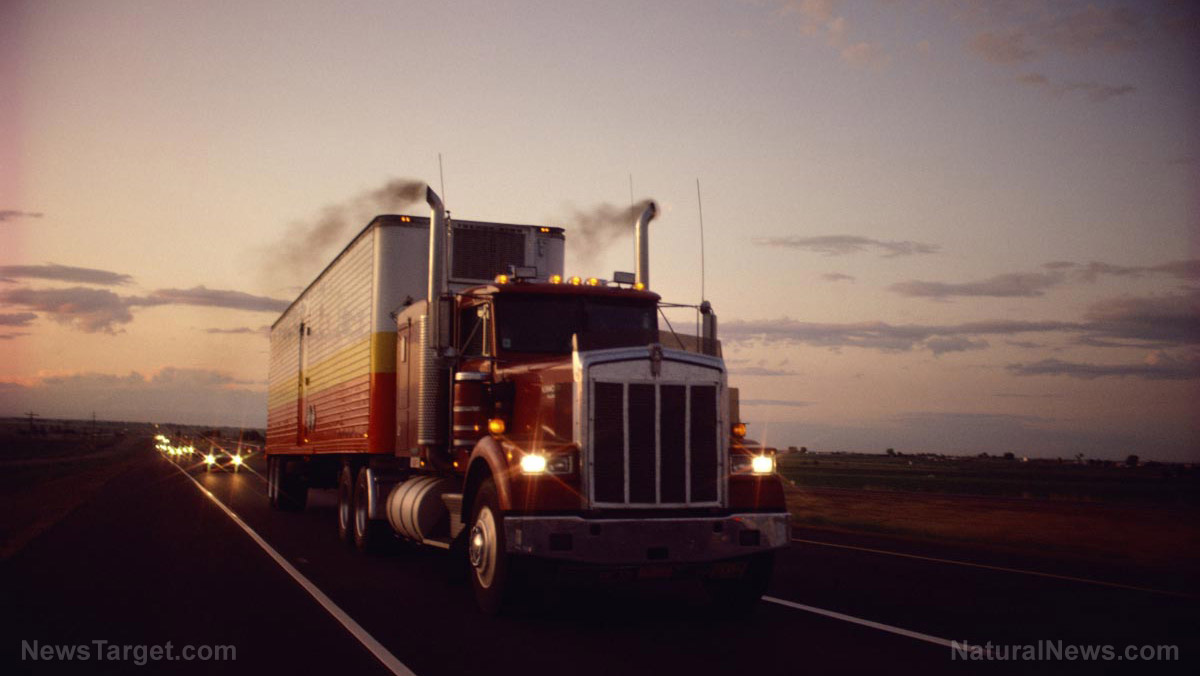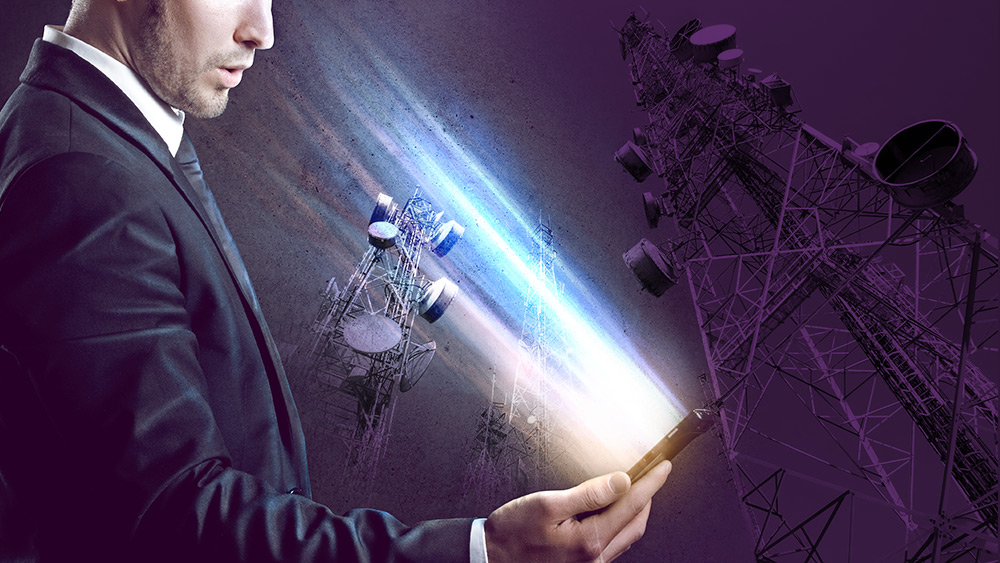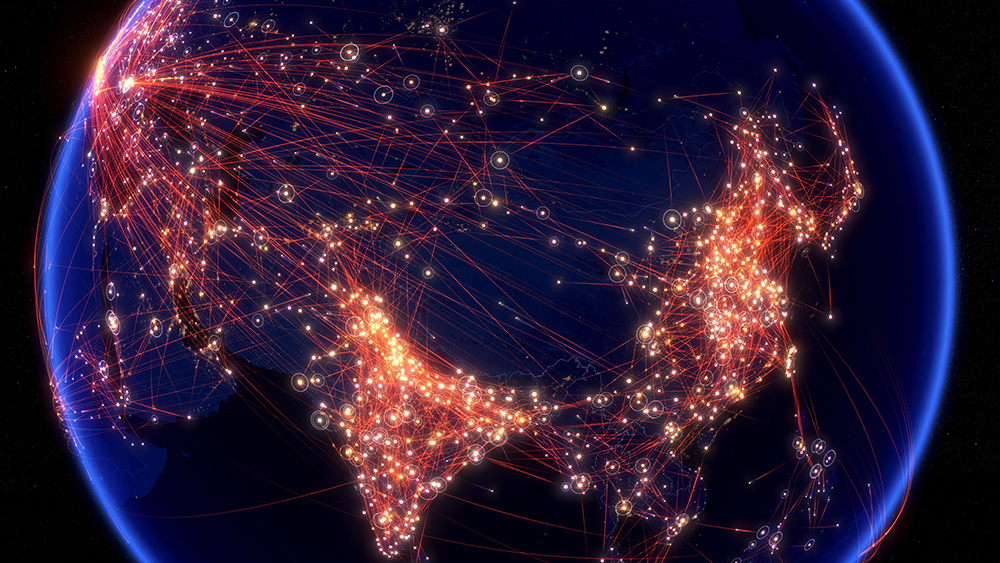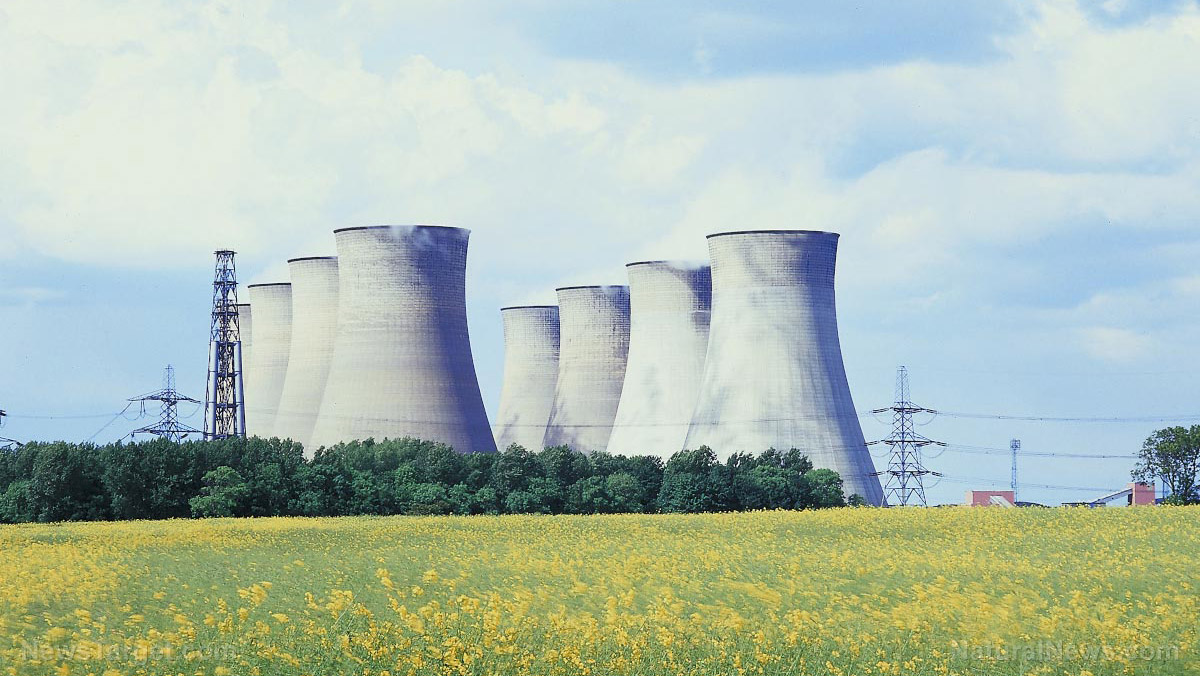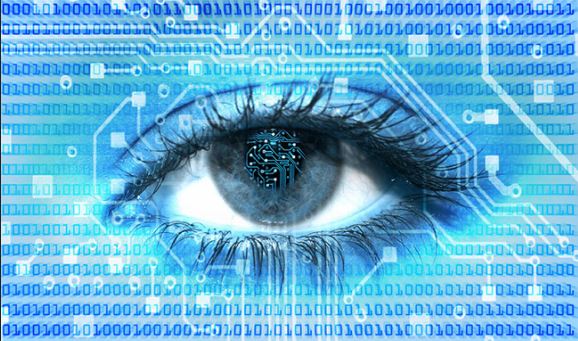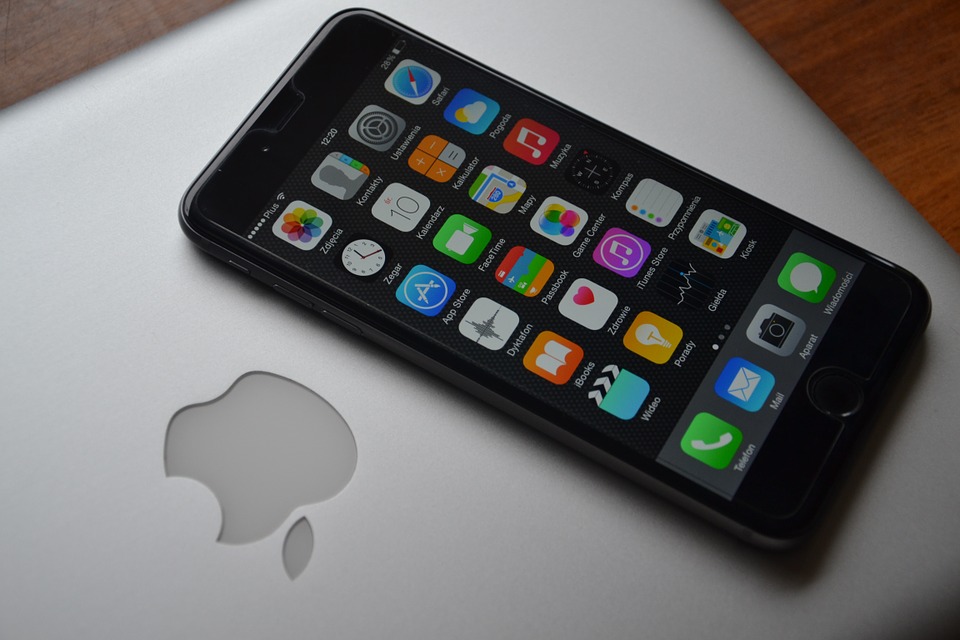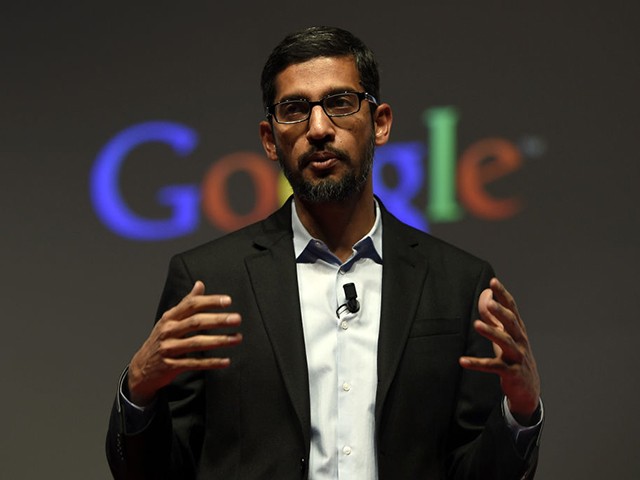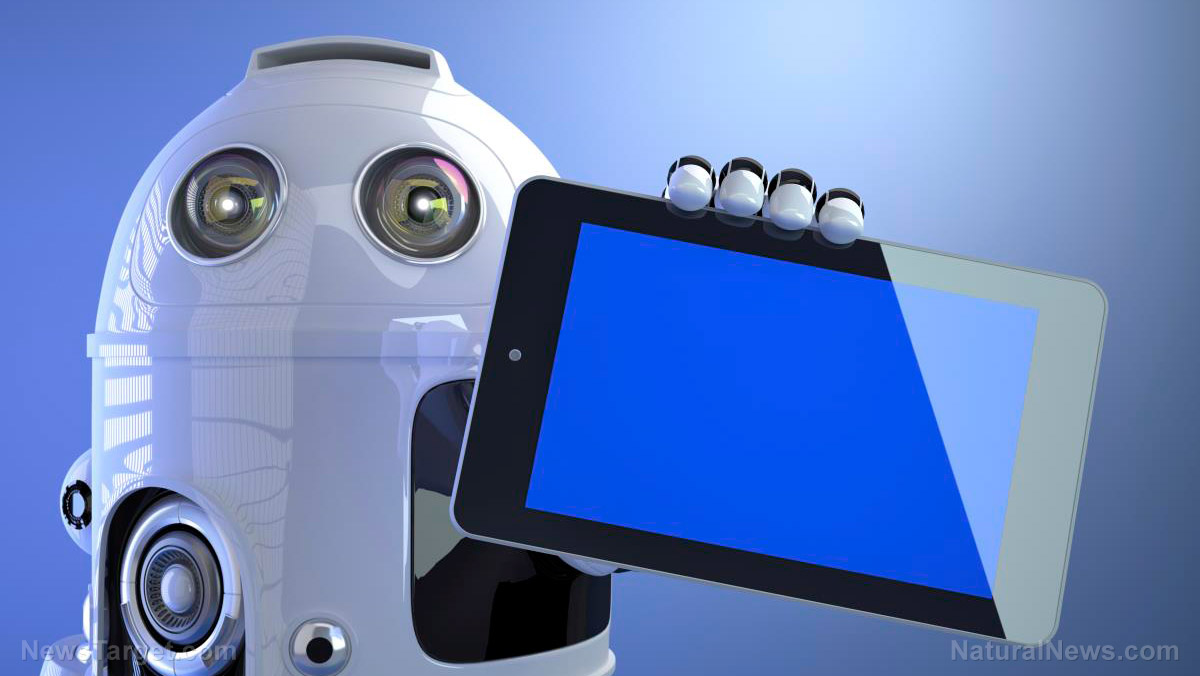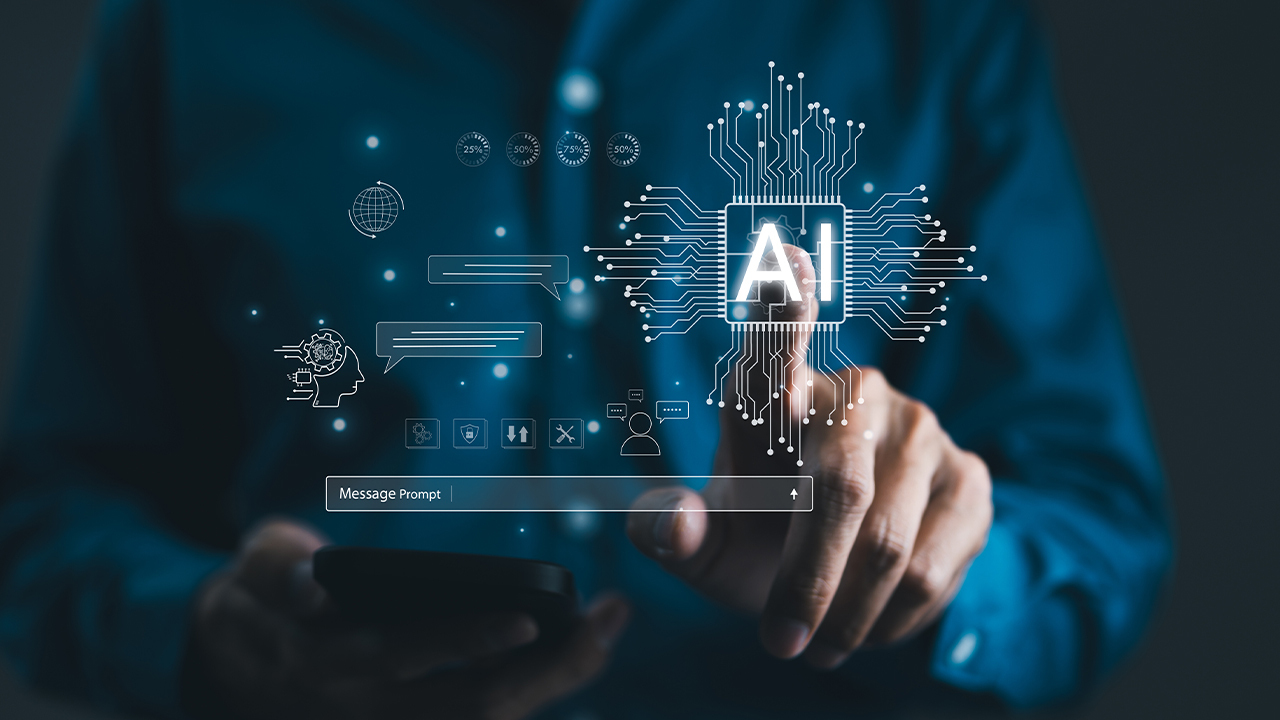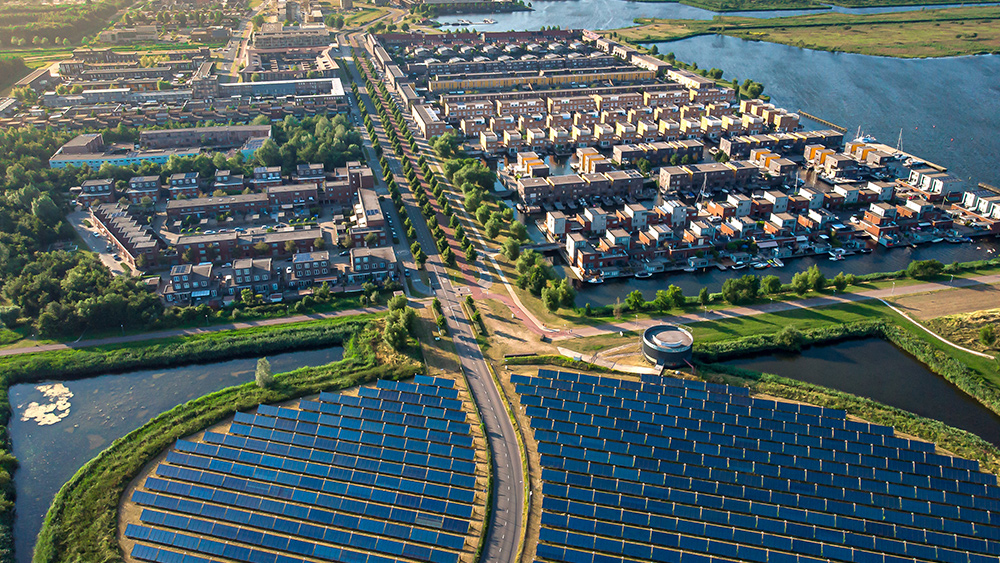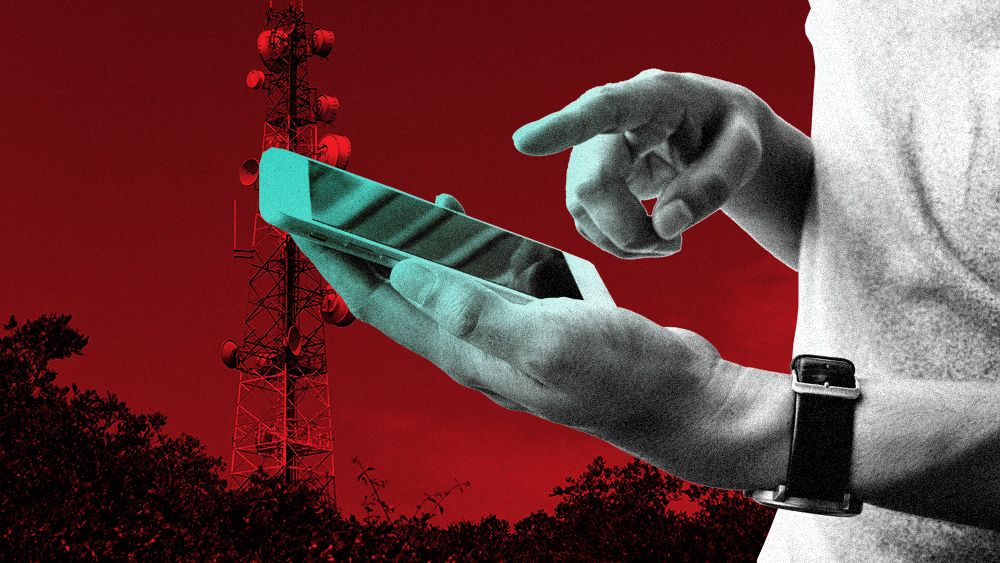Amazon’s tactile robot Vulcan sparks debate over automation’s future in warehouses
05/10/2025 / By Willow Tohi
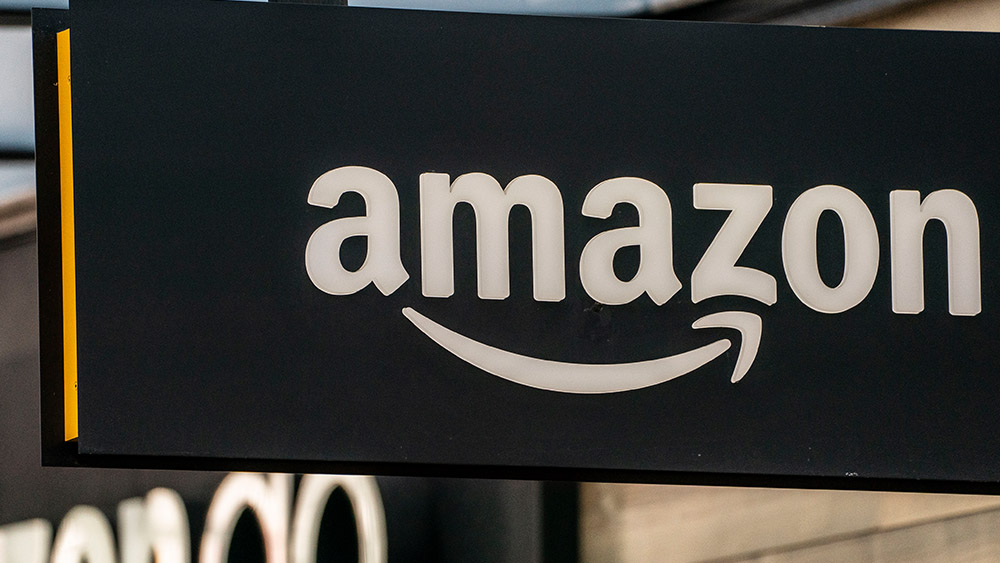
- Amazon unveiled its first touch-sensitive warehouse robot, Vulcan, which uses AI-driven tactile sensors to autonomously handle 75% of warehouse items. It dynamically adjusts grip strength and employs a suction-cup arm for precise “zhoop” movements, reducing physical strain on workers.
- Amazon frames Vulcan as a collaborator, taking over ergonomically taxing tasks (e.g., high/low shelving) while creating new roles in robotics maintenance. However, economists warn of broader job displacement, with Goldman Sachs predicting 300 million global roles could be automated by 2030.
- Vulcan reduces workplace injuries (e.g., ladder strains) by up to 50% in pilot sites. Amazon offers programs like Career Choice to transition workers into tech roles, but critics highlight risks of underemployment in lower-paid support positions.
- Vulcan’s rollout coincides with policy pressures — EU regulations demand AI transparency, while U.S. unions challenge Amazon over wages. Amazon insists automation enhances efficiency but denies aiming for 100% human replacement.
- The robot reflects Amazon’s bet on human-AI coexistence, but its deployment raises societal concerns, including income inequality and job market disruption. CEO Andy Jassy emphasizes ethical AI choices will define the future of work.
At its annual “Delivering the Future” event in Dortmund, Germany, on May 7, Amazon unveiled Vulcan, its first warehouse robot with a sense of touch — a groundbreaking technology designed to transform global e-commerce logistics. The robot, capable of handling 75% of items in Amazon’s warehouses autonomously, uses AI-driven tactile sensors to pick and stow goods, reducing physical strain on human workers but sparking fresh concerns over job displacement. Amazon argues Vulcan augments its human workforce, enabling safer and more efficient operations, yet economists warn the advance underscores broader automation trends threatening millions of roles worldwide.
The science of touch: How Vulcan redefines warehouse robotics
Vulcan combines force-sensing tools with AI to navigate the physical chaos of fabric-covered storage pods, which house up to 10 items each. Its mechanical “hand,” resembling a ruler fused to a hair-straightener, adjusts grip force dynamically to avoid damaging goods. A suction-cup arm, guided by a camera and stereo vision, locates and retrieves objects while ensuring single-item precision. This “zhoop” motion—Amazon’s term for the controlled movement of items into bins—reduces the need for employees to use ladders for high shelves or stoop to access floor-level compartments.
“Vulcan is not just seeing the world; it’s feeling it,” said Aaron Parness, Amazon’s director of robotics, stressing the robot’s “fundamental leap” in automation. Trained on real-world physical data, the system learns iteratively, refining its approach to diverse items—from fragile electronics to irregularly shaped packages.
Jobs and safety: A delicate balance
Amazon emphasizes collaboration between robots and humans. Over 750,000 existing warehouse robots already assist in 75% of customer orders, handling arduous tasks like moving heavy pallets. Vulcan focuses on repetitive, ergonomically challenging jobs, such as reaching high or low shelving units. Front-line worker Kari Freitas Hardy testified to its benefits: “Vulcan works alongside us, making room for new roles in robotics maintenance and oversight.”
Yet experts highlight risks. Goldman Sachs predicts 300 million global jobs could be automated by 2030, including up to 275,000 annually in the United Kingdom. However, Amazon argues automation creates opportunities. The company offers training programs like Career Choice, enabling warehouse staff to shift into technical roles managing robots. Tye Brady, Amazon’s robotics chief technologist, likened the collaboration to “R2D2—amazingly capable yet inherently human-centric.”
Safety remains a cornerstone. Brady noted humans remain critical for detecting hacking attempts or anomalies, saying, “Machines alone can’t replicate human judgment entirely.” Vulcan’s tactile skills also reduce workplace injuries, such as strains from handling ladders, by up to half in pilot sites like Spokane, Washington and Hamburg, Germany.
Automation’s ripple effect
The rollout mirrors growing automation debates globally. In the U.S., Amazon has faced union challenges over low wages, while in the EU, member states draft regulations requiring corporate transparency over AI adoption. Parness pledged to scale Vulcan “to enhance prices and selection” but admitted “100% automation isn’t our vision.”
The robot’s deployment coincides with Amazon’s Amazon Haul initiative, a low-cost retail platform counterpunching rivals like Shein and Temu. While the company champions efficiency gains, critics worry about widening income gaps. Analysts highlight underemployment risks, where jobs shift to lower-paid tech support roles instead of vanishing entirely.
A fork in the road for human-machine coexistence
Vulcan embodies Amazon’s gamble that automation can coexist with human labor—not replace it. Its tactile innovation reflects decades of progress, from early picking robots like Sparrow to today’s force-sensitive AI. Yet the path forward is unclear. As CEO Andy Jassy hinted in a 2024 speech, “This is a human-led era of AI. Our ethical choices define our future.”
With Vulcan, Amazon wields a double-edged sword: advanced tech boosting profits today while reshaping tomorrow’s job market — and with it, societal trust. Whether Vulcan becomes a safety net or disruptor hinges on how companies, governments and societies balance innovation with humanity’s needs. As the robots grow smarter, the real question remains: Who gets to steer their progress?
Sources for this article include:
Submit a correction >>
Tagged Under:
AI, Amazon, Big Tech, computing, cyber war, cyborg, future science, future tech, Glitch, global ecommerce, information technology, inventions, progress, robotics, robots, tech giants, technocrats, transhumanism
This article may contain statements that reflect the opinion of the author
RECENT NEWS & ARTICLES
COPYRIGHT © 2017 INVENTIONS NEWS



